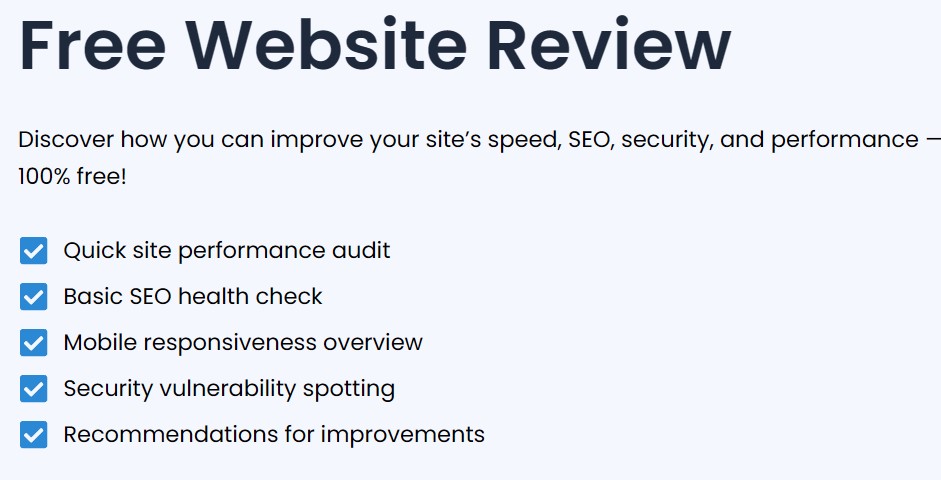Thinking of switching hosts or moving your WordPress site to a better server?
Website migration can be risky — a broken link, missed file, or server delay can mean lost traffic, SEO drops, or even site crashes.
But done right, you can migrate your WordPress website seamlessly with zero downtime.
Here’s a step-by-step guide — no stress, no lost data, and no user disruption.
When Should You Migrate?
You should migrate your WordPress site if:
- Your hosting is slow or unreliable
- You’re hitting bandwidth or storage limits
- You need better security or support
- You’re consolidating multiple websites
Need a better host? Check our Managed WordPress Hosting Solutions
Step-by-Step: Migrate Your WordPress Site Without Downtime
1. Choose Your New Hosting Provider
Pick a reliable host with:
- SSD storage
- 99.9% uptime
- Free SSL & backups
- WordPress-optimized servers
We recommend choosing a host that offers staging environments or temporary domains.
2. Backup Everything (Files + Database)
Before making any move, take a full backup of your:
- WordPress files (
wp-content, themes, plugins) - WordPress database (via phpMyAdmin or plugin)
You can use plugins like:
- All-in-One WP Migration
- UpdraftPlus
- Duplicator
3. Install WordPress on the New Server
Set up a fresh WordPress installation on your new hosting.
You can do this manually via cPanel or use the host’s one-click installer.
4. Upload and Import Your Site
If you’re using a migration plugin like All-in-One WP Migration:
- Export your site from the old host
- Install the plugin on the new site
- Import the site file into your new WordPress install
Make sure all file paths and URLs are correct after the move.
5. Update Your DNS (Name Servers)
Once your new site is ready and tested, update the DNS settings to point to the new host.
Steps:
- Log in to your domain registrar (e.g., GoDaddy, Namecheap)
- Change the nameservers to those provided by your new host
- Wait for DNS propagation (usually 1–24 hours)
During this time, both sites may work temporarily — hence no downtime.
6. Check Everything Before and After the Switch
- Test all pages, forms, and checkout flows
- Check for broken links or media issues
- Verify SEO settings (permalinks, meta tags, etc.)
Want a pro to test everything? Request a Free Post-Migration Audit
7. Cancel the Old Hosting Only After the DNS Fully Propagates
Keep your old hosting active for at least 48 hours after migration to avoid broken links or lost data.
Bonus Tips for Zero Downtime
- Use a staging environment to test your new setup
- Migrate during low-traffic hours (e.g., late night)
- Enable caching and a CDN after migration to speed things up
- Add a “moving servers” message if needed
🔗 Or skip the hassle — Let Us Handle the Migration for You
Final Thoughts
Migrating a WordPress website doesn’t have to mean downtime, lost SEO, or broken pages. Follow these steps to move smoothly — or let WPS247 do it for you.
👉 Get Expert Migration Help Now Or Book a Free Consultation



